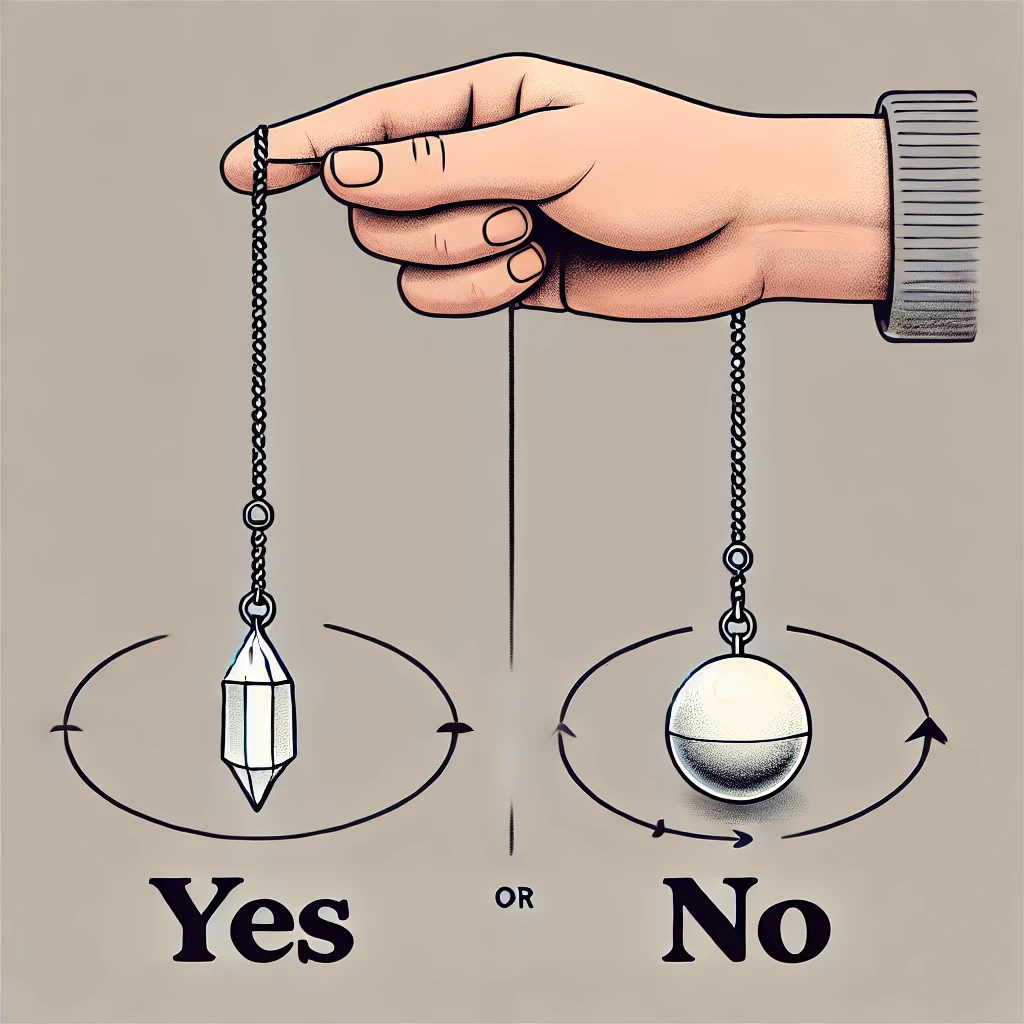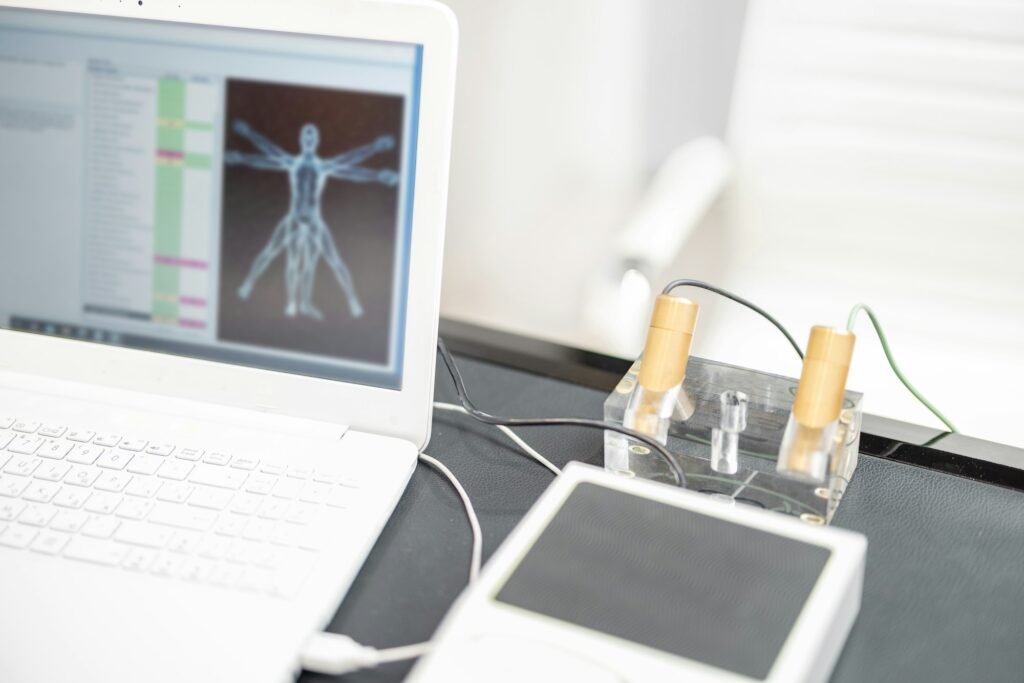Dowsing Directions

Dowsing is an ancient practice that involves using simple tools, such as dowsing rods or pendulums, to locate underground water, minerals, or other hidden objects, as well as to gain answers to questions through divination. The art of dowsing, also known as water witching or divining, has been used for centuries and continues to be a valuable skill for many practitioners today.
This guide will cover the basics of dowsing, how to use dowsing rods or pendulums, and how to interpret their movements to find water and underground structures. It will also provide answers to yes/no questions in divination. We’ll also provide illustrations to help visualize the process.
What is Dowsing?
Dowsing is a method of divination where a person uses a tool to locate hidden objects or answer questions. The tools commonly used in dowsing include:
- Dowsing Rods: Typically made of metal or wood, and are either straight or L-shaped.
- Pendulums: A weighted object on a string or chain, often used for yes/no questions.
- Y-Rods: A Y-shaped rod, traditionally made from a tree branch.
The belief is that these tools react to unseen energies or vibrations, providing physical indications that guide the dowser.
Preparing for Dowsing
Before beginning a dowsing session, it’s important to prepare both mentally and physically. Here are some steps to follow:
- Relax and Clear Your Mind: Dowsing requires concentration and a clear mind. Take a few moments to relax and focus. Ground yourself, or meditate beforehand to increase the response.
- Set Your Intention: Clearly state your intention for the dowsing session. Whether you are looking for water, underground structures, or seeking answers to questions, being specific helps.
- Choose Your Tool: Select the appropriate dowsing tool for your purpose. L-shaped rods are versatile for various tasks, while pendulums are excellent for yes/no questions.
Using Dowsing Rods
Finding Water and Underground Structures
- Hold the Rods Correctly: Hold the L-shaped dowsing rods lightly in each hand, parallel to the ground, with the short end of the ‘L’ pointing towards you and the long end extending forward.
- Walk Slowly: Begin walking slowly over the area you wish to search. Keep your mind focused on your intention.
- Observe the Rods: As you move, observe the movement of the rods. When the rods cross each other or diverge, this indicates that you are above water or an underground structure.

Interpreting Rod Movements
- Crossing Rods: Indicates a positive finding, such as water or an underground structure.
- Spreading Apart: Suggests a negative result, meaning there is nothing of interest beneath that area.
- Swinging: If the rods begin to swing or oscillate, it may indicate a strong presence of what you are searching for.
Dowsing for Yes/No Questions
- Hold the Pendulum: If using a pendulum, hold it by the chain or string with a steady hand, allowing it to hang freely.
- Establish Responses: Determine the pendulum’s movements for ‘yes’ and ‘no’ responses. Typically, a back-and-forth motion indicates ‘yes,’ while a circular motion suggests ‘no.’
- Ask Your Question: Clearly ask your yes/no question and observe the pendulum’s response.

Advanced Dowsing Techniques
Map Dowsing
Map dowsing involves using a map to locate water or other objects without physically being present at the site. Here’s how to do it:
- Prepare the Map: Lay the map on a flat surface and set your intention for what you are seeking.
- Use a Pendulum: Hold the pendulum over the map and ask specific questions, such as “Is there water in this area?” Watch for the pendulum’s response to pinpoint locations.
Dowsing for Energy Fields
Dowsing can also be used to detect energy fields and auras. This is often done with dowsing rods and can help in locating energy lines or assessing personal energy fields.
- Hold the Rods: Hold the rods as you would to find water.
- Scan the Area: Move slowly around the person or space you are assessing.
- Observe Changes: Note any movements of the rods that indicate energy fields or disruptions.

Tips for Successful Dowsing
- Practice Regularly: Like any skill, dowsing improves with practice. Regular sessions will enhance your sensitivity to the tools.
- Stay Neutral: Keep a neutral mind and avoid letting your expectations influence the movements of the rods or pendulum.
- Trust Your Instincts: Trust the responses you receive and record your findings for future reference.
Conclusion
Dowsing is a fascinating and versatile skill that can be used for various purposes, from finding water to answering life’s questions. By understanding the basics and practicing regularly, you can develop your abilities and gain deeper insights through this ancient art.
Whether you are a beginner or an experienced dowser, this basic guide provides the foundational knowledge needed to explore the world of dowsing. Happy dowsing!









